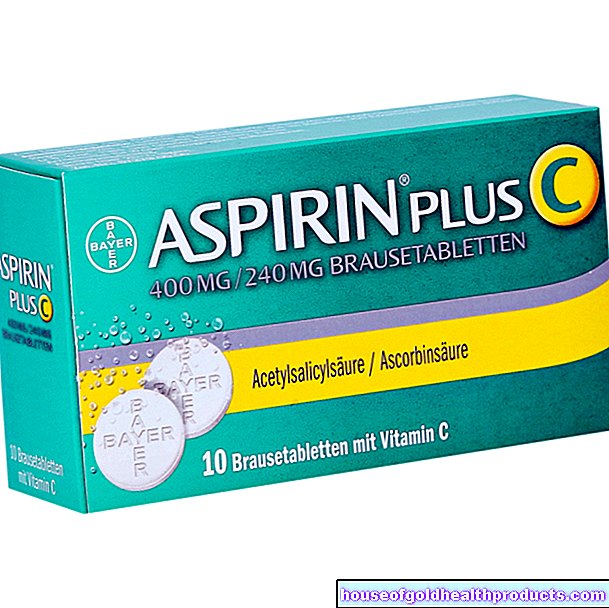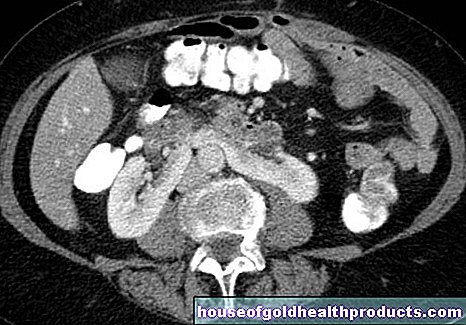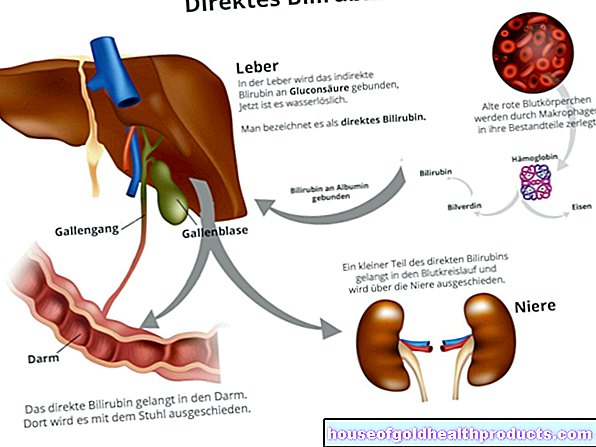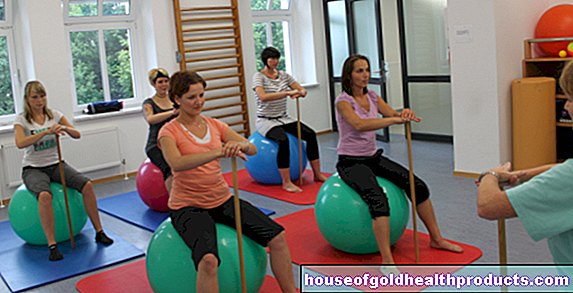DemTect
Updated onMartina Feichter studied biology with an elective subject pharmacy in Innsbruck and also immersed herself in the world of medicinal plants. From there it was not far to other medical topics that still captivate her to this day. She trained as a journalist at the Axel Springer Academy in Hamburg and has been working for since 2007 - first as an editor and since 2012 as a freelance writer.
More about the experts All content is checked by medical journalists.
DemTect is the abbreviation for "Dementia Detection". It is a simple screening process for dementias. The DemTect tests cognitive abilities such as memory, fluency and attention. It only lasts about ten minutes. Find out everything you need to know about the DemTect process and evaluation!
ICD codes for this disease: ICD codes are internationally recognized codes for medical diagnoses. They can be found, for example, in doctor's letters or on certificates of incapacity for work. F03F02F01G31F00G30
DemTect: test tasks
The DemTect (dementia detection) helps to determine mental impairments of a patient. In addition, one can use it to describe the course of a mental decline. Like other tests (MMST, clock test, etc.), it is used in dementia diagnostics.
The DemTect consists of five parts, which are used to test various cognitive abilities.
DemTect subtest: word list
In the first sub-test, the learning growth of the episodic memory is checked: a word list with ten terms (plate, dog, lamp, etc.) is read out to the patient. The patient should repeat all the words he could remember - their order does not matter. The whole thing is repeated once (with the same word list).
The number of correctly repeated words in both rounds is added (maximum 20 points).
DemTect subtest: number conversion
The second subtest is a number conversion task: the patient should first convert a three- and four-digit number (for example 209 and 4054) into the corresponding numerals ("two hundred nine" and four thousand fifty-four).
Then ask him to convert two numerals (like "six hundred and eighty-one") into the corresponding numbers.
A maximum of four points can be achieved in this sub-test.
DemTect subtest: supermarket task
In the third subtest, the patient should name as many things as possible that can be bought in a supermarket. This sub-test checks the semantic fluency of the word. The examiner counts the terms mentioned and notes them down as a point value (maximum 30).
DemTect subtest: number sequence backwards
In the fourth task, two-, three-, four-, five- and six-digit series of numbers are read out, which the patient should repeat backwards. The longest number sequence correctly repeated backwards is counted (maximum six points). This task tests the working memory.
DemTect subtest: repetition of the word list
Without informing the patient at the beginning, the word list of the first task is repeated in the last DemTect task. It is tested how many of the terms the patient was able to remember after having to perform other tasks in between. In this sub-test, the implicit memory performance is put to the test. The maximum number of points that can be achieved is ten.
DemTect: Evaluation
At the end, all partial results from the five subtests receive a corresponding point value according to a conversion table. These five point values are added to the overall result (maximum: 18). It gives an indication of the patient's cognitive performance:
- 13 - 18 points: age-appropriate cognitive performance
- 9 - 12 points: slight cognitive impairment
- 0 - 8 points: suspected dementia
If dementia is suspected, further examinations are carried out.
Attention: The DemTect is not suitable for investigating suspected dementia in patients under 40 years of age.
DemTect: Combination with MMST
The DemTect can also be combined with the MMST (Mini Mental Status Test), another important test in dementia diagnostics. This combination makes a lot of sense, as the DemTect can detect slight cognitive impairments better than the MMST.
Tags: skin book tip diet





























